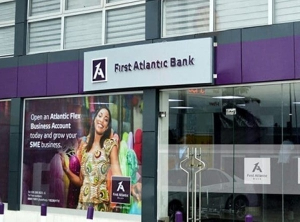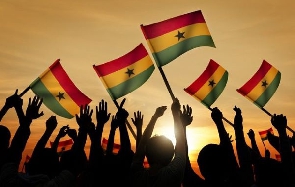Water coverage has increased from 16.08 per cent in 1995 to 60.31 per cent as at June this year in the Brong Ahafo Region.
The project was initiated under the National Community Water and Sanitation Programme (NCWSP) in 1995.
Mr Daniel Adomako, Regional Accountant of Community Water and Sanitation Agency (CWSA), said the feat was made possible through the government, the International Development Agency (IDA) of the World Bank and Agence Francaise de Development and the dedication of stakeholders in the region.
Statistics indicate that the region has 40 small town water supply systems, comprising 3,000 boreholes and 440 hand-dug wells fitted with hand pumps and more than 400 KVIP latrines in schools and health facilities.
Mr Adomako made this known when he presented 16 staff of the CWSA with a motorbike each, under the project on Friday.
The Regional Co-ordinating Council, as well as Sunyani, Techiman, Dormaa and Pru assemblies also received a pick up vehicle each to facilitate the project.
Under the capacity building component of the project, each of the 27 Municipal and District Assemblies (MDAs) in the region and the RCC are to receive a set of office equipment, comprising desktop computer, UPS and a printer.
During the first-phase of the project, which started in September last year, seven MDAs received pick up vehicles.
Mr Adomako said the logistics are being provided to enhance field monitoring activities.
Mr Paul Evans Aidoo, Regional Minister in an address read on his behalf, said since government launched the NCWSP under the Decentralization Policy, the programme had empowered the Metropolitan, Municipal and District Assemblies to be directly responsible for the provision of amenities and services such as potable water and safe sanitation for small towns and rural communities in their jurisdictions.
Mr Aidoo said the support of the IDA and the European Union by way of construction of water facilities since 1994 had benefited approximately 540,000 people in the region.
Regional News of Saturday, 10 August 2013
Source: GNA
Water coverage increases in Brong- Ahafo Region
Entertainment











